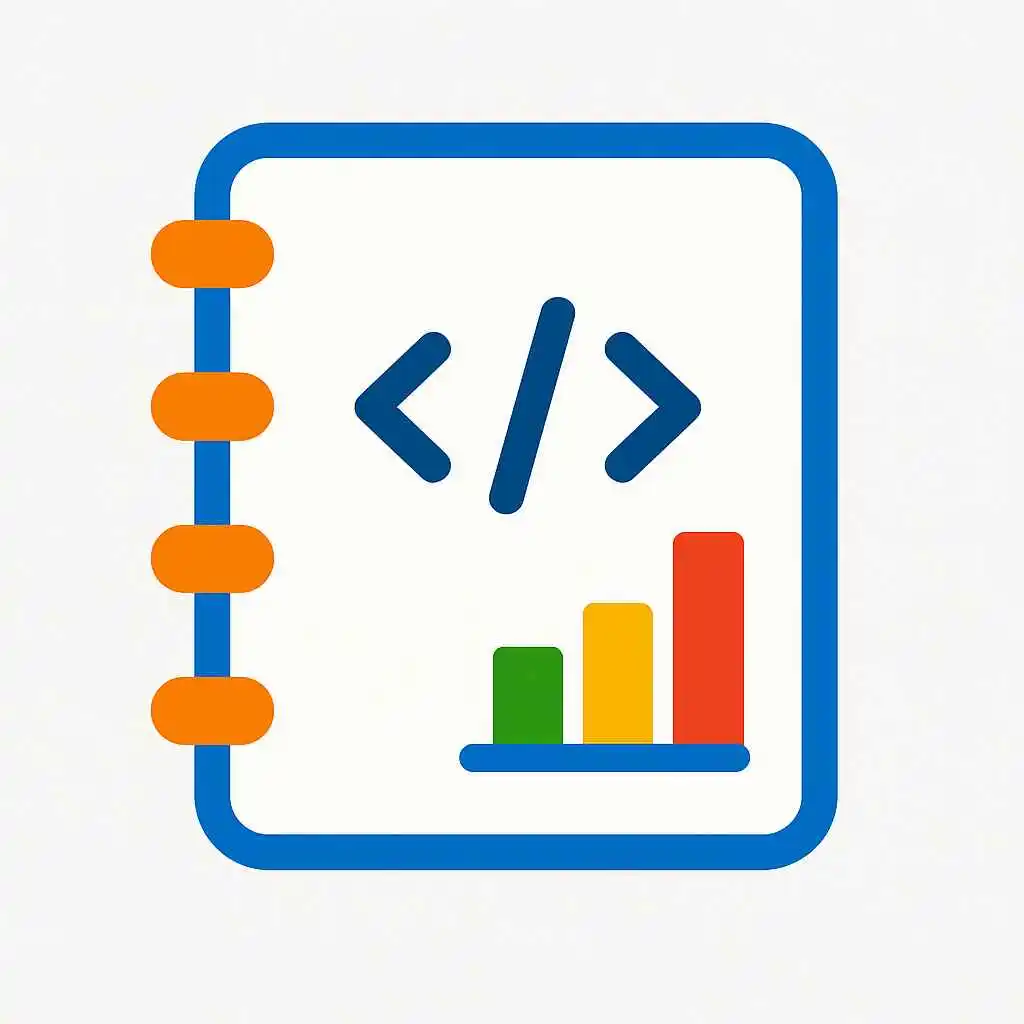Understanding Prompt Engineering Tutorial for Beginners
This comprehensive prompt engineering tutorial for beginners is designed to help you master the art and science of crafting effective AI prompts. Furthermore, as artificial intelligence tools like ChatGPT, DALL·E, and other generative models become mainstream, understanding how to communicate with these systems effectively is increasingly valuable. Therefore, this tutorial equips content creators, marketers, developers, and AI enthusiasts with practical skills to generate precise, high-quality outputs from AI systems.
Moreover, prompt engineering involves designing, refining, and optimizing input instructions that guide AI models to produce relevant and accurate responses. Consequently, mastering this skill enables you to unlock AI’s full potential for content creation, problem-solving, automation, and creative projects. Additionally, this beginner-friendly guide walks you through fundamental concepts, practical examples, and proven strategies to excel in prompt engineering.
Why Learning Prompt Engineering is Essential for Beginners
In today’s rapidly evolving technological landscape, prompt engineering has emerged as a critical skill. Specifically, here’s why this prompt engineering tutorial for beginners is essential:
- Enhances AI Output Quality: Well-crafted prompts significantly reduce ambiguity and errors, thereby delivering contextually accurate and relevant results.
- Boosts Productivity: Clear, precise prompts minimize trial-and-error time, thus accelerating workflows for writing, coding, research, and automation tasks.
- Unlocks Creative Potential: Innovative prompts enable new forms of content creation, including stories, poetry, code snippets, marketing copy, and visual designs.
- Democratizes AI Access: As AI tools become ubiquitous, prompt engineering empowers non-technical users to leverage sophisticated AI capabilities without requiring deep programming knowledge.
- Future-Proof Skill: With AI adoption accelerating across industries, prompt engineering skills will remain highly valuable for years to come.
Therefore, investing time in this prompt engineering tutorial for beginners will yield substantial returns in both skill development and output quality. Additionally, you can explore more free learning resources to expand your knowledge further.
Fundamental Prompt Engineering Principles for Beginners
To master prompt engineering effectively, beginners must first understand its foundational principles. Consequently, this tutorial highlights these essential concepts:
- Clarity and Precision: Ambiguous prompts lead to unpredictable AI results. Therefore, always use explicit, clear language to target desired outputs.
- Contextual Information: Providing relevant background helps AI understand your request better. Thus, include necessary details about audience, purpose, or constraints.
- Specificity Over Generality: Narrow down objectives and constraints such as length, tone, format, or target audience for refined, focused answers.
- Iterative Refinement: Rarely does a prompt work perfectly on the first attempt. Therefore, review outputs and adjust wording iteratively to optimize quality.
- Format Control: Use precise commands like “Summarize,” “Explain simply,” “List 5 points,” or “Write in bullet points” to guide AI response structure.
By consistently applying these principles, beginners can significantly enhance their ability to harness AI tools effectively. Furthermore, these fundamentals serve as the foundation for more advanced prompt engineering techniques.
Step-by-Step Prompt Engineering Tutorial for Beginners
Step 1: Define Your Objective Clearly
First and foremost, identify precisely what you want the AI to produce. Specifically, are you seeking a summary, creative text, a list, code snippets, or problem-solving solutions? Consequently, a sharp, well-defined objective guides effective prompt creation and ensures relevant outputs.
Step 2: Start With Beginner-Friendly Prompt Templates
For beginners, this tutorial recommends starting with simple, proven templates. For instance, begin your prompt with clear instruction phrases like:
As an example: “Please help me to write a concise summary of climate change for high school students.” Additionally, this structure provides clarity while remaining flexible for various use cases.
Step 3: Add Relevant Context and Constraints
Next, enhance your prompts by adding specific details about style, tone, length, or target audience. For instance:
Moreover, including these details ensures AI understands your exact requirements, thereby producing more targeted and useful outputs.
Step 4: Test Outputs and Refine Iteratively
After receiving the AI’s response, carefully evaluate it for relevance, clarity, tone, and accuracy. Subsequently, make iterative adjustments to your prompt wording based on this analysis. Therefore, continuous refinement is key to mastering prompt engineering as a beginner.
Advanced Prompt Engineering Techniques for Beginners
Once you’ve mastered basic prompts, you can explore these intermediate techniques to further enhance your prompt engineering skills:
- Role Assignment: Instruct AI to assume a specific role. For example: “Act as a professional marketing consultant and suggest 5 branding strategies.”
- Step-by-Step Instructions: Break complex tasks into sequential steps. Consequently, this approach helps AI produce structured, logical outputs.
- Few-Shot Learning: Provide examples within your prompt to guide AI’s response format and style. Therefore, AI learns from your examples and replicates the pattern.
- Negative Instructions: Specify what to avoid. For instance: “Explain quantum computing without using technical jargon.”
- Output Length Control: Explicitly state desired length. For example: “Write a 200-word explanation” or “Summarize in 3 sentences.”
By incorporating these techniques, beginners can significantly elevate their prompt engineering capabilities and achieve more sophisticated AI outputs.
Practical Prompt Engineering Examples for Beginners
To solidify your understanding, let’s examine real-world prompt engineering examples that beginners can use immediately:
| Prompt | Sample AI Output |
|---|---|
| Please help me to explain photosynthesis in simple terms for 12-year-olds. | Photosynthesis is how plants make food using sunlight. They take in water and carbon dioxide, then use sunlight to turn these into sugar and oxygen. |
| Please help me to create 5 Instagram post ideas for a small bakery focused on seasonal products. | 1. Behind-the-scenes baking process 2. Customer testimonial highlights 3. Seasonal cupcake flavors reveal 4. Interactive polls on favorite desserts 5. Recipe sneak peeks for subscribers |
| Please help me to write a short, persuasive product description for wireless noise-cancelling headphones aimed at remote workers. | Block out distractions and boost productivity with our premium noise-cancelling headphones. Experience crystal-clear sound, all-day comfort, and 30-hour battery life—perfect for remote work and focus. |
| Please help me to generate a 150-word email draft thanking a client for their business, using a professional yet warm tone. | Dear [Client Name], I wanted to take a moment to express my sincere gratitude for your continued partnership. Your trust in our services means everything to us. We’re committed to delivering exceptional results and supporting your goals every step of the way. Thank you for choosing us—we look forward to our continued collaboration. Warm regards, [Your Name] |
Furthermore, these examples demonstrate how specific, context-rich prompts yield practical, high-quality outputs. Additionally, practicing with similar examples helps beginners develop intuition for effective prompt construction.
Common Prompt Engineering Mistakes Beginners Should Avoid
Even with the best intentions, beginners often make certain mistakes when starting with prompt engineering. Therefore, being aware of these pitfalls helps you avoid them:
- Being Too Vague: Lack of detail results in generic or irrelevant outputs. Consequently, always strive for clarity and specificity.
- Overloading Prompts: Asking multiple unrelated questions in one prompt confuses AI. Instead, break complex requests into separate prompts.
- Ignoring Context: AI needs background information to understand your request fully. Therefore, provide relevant context whenever possible.
- Not Iterating: Expecting perfection on the first try is unrealistic. Thus, embrace iterative refinement as part of the learning process.
- Forgetting Constraints: Without specifying length, tone, or format, outputs may not meet your needs. Hence, always include relevant constraints.
Moreover, learning from these common mistakes accelerates your progress in mastering prompt engineering as a beginner.
Best Tools for Prompt Engineering Beginners
Several powerful AI platforms enable you to practice and refine your prompt engineering skills. Specifically, beginners should explore these tools:
- ChatGPT: OpenAI’s conversational AI model, ideal for text-based prompt engineering practice. Furthermore, it offers free and premium tiers for different needs.
- OpenAI Playground: Advanced interface for experimenting with various GPT models and parameters. Additionally, it provides fine-grained control over AI behavior.
- Google Gemini: Google’s generative AI platform offering multimodal capabilities. Therefore, it’s excellent for exploring diverse prompt types.
- Microsoft Copilot: Integrated AI assistant across Microsoft products, useful for productivity-focused prompt engineering.
Additionally, official documentation from these platforms provides valuable insights. For instance, explore OpenAI’s Prompt Engineering Guide for comprehensive best practices.
Prompt Engineering Tutorial FAQ for Beginners
What is prompt engineering for beginners?
Prompt engineering for beginners is the practice of crafting clear, specific instructions that guide AI models to generate desired outputs. Furthermore, it involves understanding AI capabilities, using appropriate language, and iteratively refining prompts for optimal results.
Do I need programming skills to learn prompt engineering?
No, programming skills are not required for prompt engineering. Instead, this tutorial focuses on clear communication and strategic thinking. Consequently, anyone can learn prompt engineering regardless of technical background.
How long does it take to master prompt engineering as a beginner?
With consistent practice, beginners can develop effective prompt engineering skills within 2-4 weeks. However, mastery continues to grow through ongoing experimentation and learning. Therefore, daily practice accelerates skill development significantly.
Can prompt engineering be applied to image generation AI?
Yes, prompt engineering principles apply to image generation tools like DALL·E, Midjourney, and Stable Diffusion. Moreover, visual prompts require additional considerations like style, composition, and artistic references.
Further Learning Resources
To deepen your prompt engineering expertise beyond this tutorial, explore these authoritative resources:
- OpenAI Prompt Engineering Guide – Official documentation with best practices
- Google’s Prompt Engineering for Generative AI – Comprehensive guide from Google
- Microsoft Azure Prompt Engineering – Enterprise-focused prompt strategies
- UltimateInfoGuide Free Learning Resources – Additional tutorials and guides



